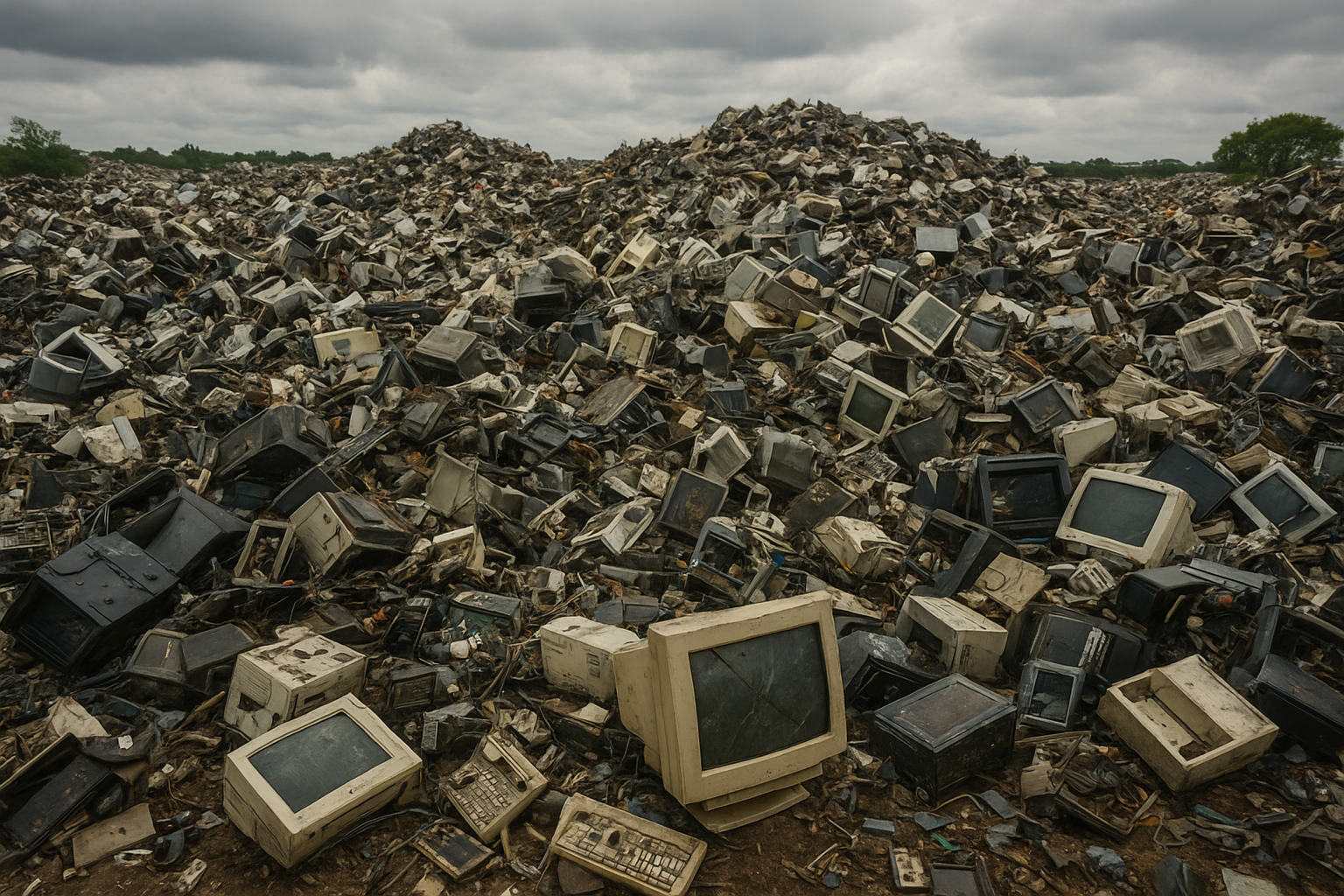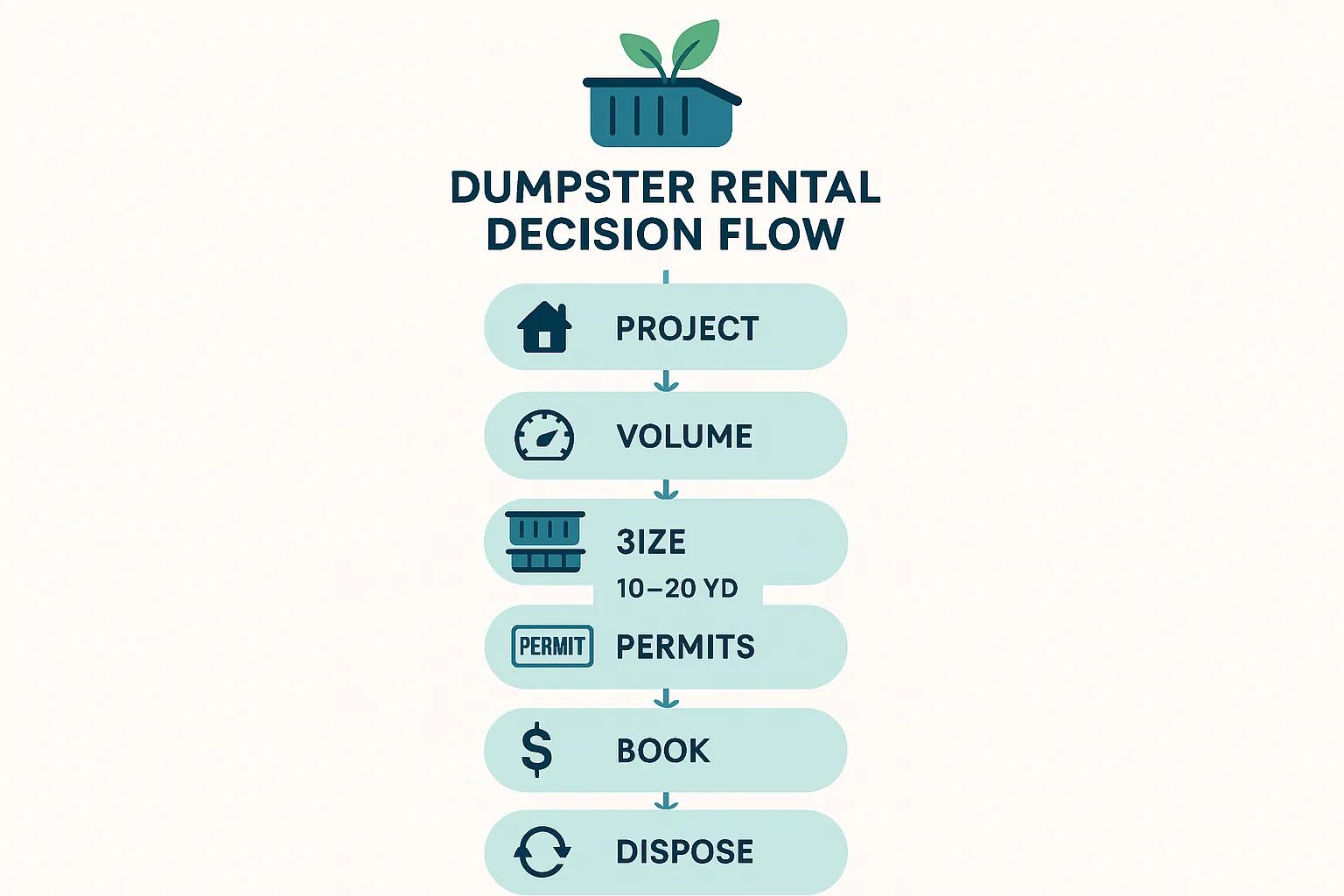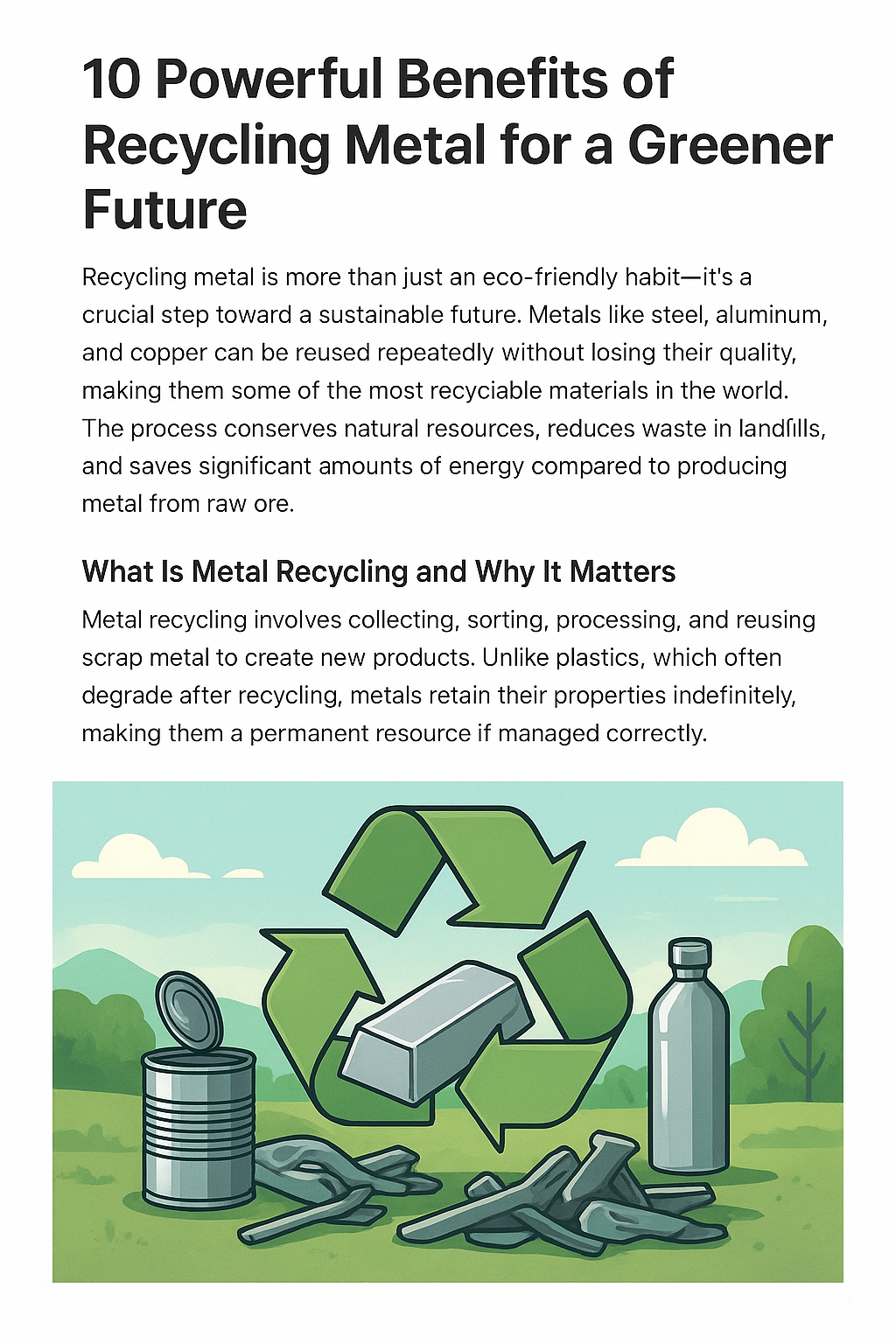
Electronic Waste: The Shocking Truth and How We Can Fix It
What is Electronic Waste?
Defining E-Waste in Today’s Digital Era
Electronic waste, often called e-waste, refers to discarded electrical or electronic devices. This includes anything with a plug, battery, or circuit board—ranging from smartphones and laptops to refrigerators and industrial machinery.
As technology advances at breakneck speed, devices become outdated faster, and millions of tonnes of electronics are thrown away each year.
Common Examples of Electronic Waste
-
Mobile phones and tablets
-
Laptops and desktop computers
-
Televisions and monitors
-
Printers and scanners
-
Kitchen appliances (microwaves, coffee makers)
-
Wearable tech (smartwatches, fitness trackers)
The Alarming Growth of E-Waste Worldwide
Global E-Waste Statistics and Trends
According to the Global E-waste Monitor, the world generated over 62 million tonnes of e-waste in 2022, and that number is projected to keep climbing. That’s equivalent to dumping 1,700 laptops every second.
Why E-Waste is Growing Faster Than We Can Manage
-
Short product lifecycles – Companies release new models every year.
-
Consumer demand for the latest tech – Old devices are replaced before they fail.
-
Lack of recycling infrastructure – Many countries don’t have proper e-waste management systems.
Major Sources of Electronic Waste
Household Devices and Gadgets
Everyday electronics—phones, TVs, and kitchen appliances—are the largest contributors to global e-waste.
Industrial and Commercial Electronics
Factories, hospitals, and businesses regularly dispose of specialized electronics, often containing hazardous materials.
Environmental Impact of Electronic Waste
Soil and Water Contamination
When dumped in landfills, e-waste can leach toxic substances like lead, mercury, and cadmium into the ground, contaminating soil and groundwater.
Air Pollution from E-Waste Burning
In some countries, e-waste is openly burned to recover metals, releasing harmful chemicals into the atmosphere.
Impact on Wildlife and Ecosystems
Toxic runoff from e-waste disposal sites can poison rivers, harming fish and other aquatic life, and disrupting entire ecosystems.
Human Health Risks from E-Waste Exposure
Toxic Chemicals and Heavy Metals
Exposure to lead, mercury, and cadmium can cause brain damage, kidney disease, and developmental problems.
E-Waste and Occupational Hazards
Workers in informal recycling sectors often handle e-waste without protective gear, increasing their risk of cancer, respiratory illness, and skin diseases.
The Economics of E-Waste
Valuable Materials Hidden in E-Waste
E-waste contains precious metals such as gold, silver, and palladium. One tonne of discarded smartphones can yield more gold than a tonne of ore.
The E-Waste Recycling Industry
Proper recycling can create jobs and supply valuable raw materials for new electronics.
Recycling and Disposal Methods
Safe and Sustainable Recycling Practices
-
Certified e-waste recycling centers
-
Secure data destruction for devices
-
Proper separation of hazardous materials
Common Mistakes in E-Waste Disposal
-
Throwing electronics in regular trash bins
-
Sending devices to uncertified recyclers
Global Laws and Regulations on Electronic Waste
E-Waste Management Policies in the EU, US, and Asia
-
EU – WEEE Directive requires proper collection and recycling.
-
US – State-level laws vary; no national e-waste law.
-
Asia – Countries like Japan and South Korea have strict recycling systems.
International Agreements and Efforts
The Basel Convention regulates the movement of hazardous waste between countries.
Innovative Solutions for E-Waste Reduction
Circular Economy Approaches
Designing products to be reused, refurbished, and recycled keeps them in the system longer.
Eco-Friendly Product Design
Manufacturers can use biodegradable materials, modular parts, and easy-to-repair designs.
What Individuals Can Do to Reduce E-Waste
Responsible Purchasing Habits
Buy durable products and avoid unnecessary upgrades.
Repair, Reuse, and Donate Programs
Extend the life of devices by repairing them or donating to schools and charities.
E-Waste in Developing Countries
The Problem of Informal Recycling Sectors
Workers dismantle electronics in unsafe conditions, often exposing themselves to toxic fumes.
International E-Waste Dumping
Wealthy countries sometimes export e-waste to poorer nations, where environmental protections are weaker.
The Future of E-Waste Management
Role of AI and Robotics in E-Waste Sorting
Automated systems can identify and separate materials faster and more safely.
Innovations in Material Recovery
New technologies can extract valuable metals with minimal environmental impact.
Frequently Asked Questions on Electronic Waste
Q1: What is the main cause of electronic waste?
A: Short device lifespans and the constant release of new technology.
Q2: Is e-waste recyclable?
A: Yes, but it requires specialized facilities to safely extract valuable materials.
Q3: How can I dispose of electronics responsibly?
A: Use certified e-waste recycling centers or manufacturer take-back programs.
Q4: Why is e-waste dangerous?
A: It contains toxic substances harmful to humans and the environment.
Q5: Which country produces the most e-waste?
A: China generates the highest total volume, while the US ranks high per capita.
Q6: Can old electronics be donated?
A: Yes, if they’re still functional; many charities and schools accept them.
Conclusion: Our Shared Responsibility
Electronic waste is a growing global crisis, but it’s one we can manage through responsible consumption, better recycling systems, and innovative design. Each of us has a role to play—from the devices we buy to the way we dispose of them.



